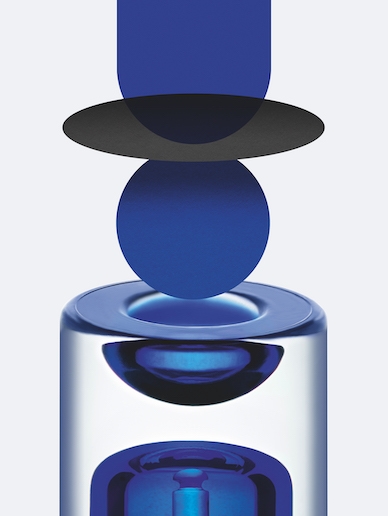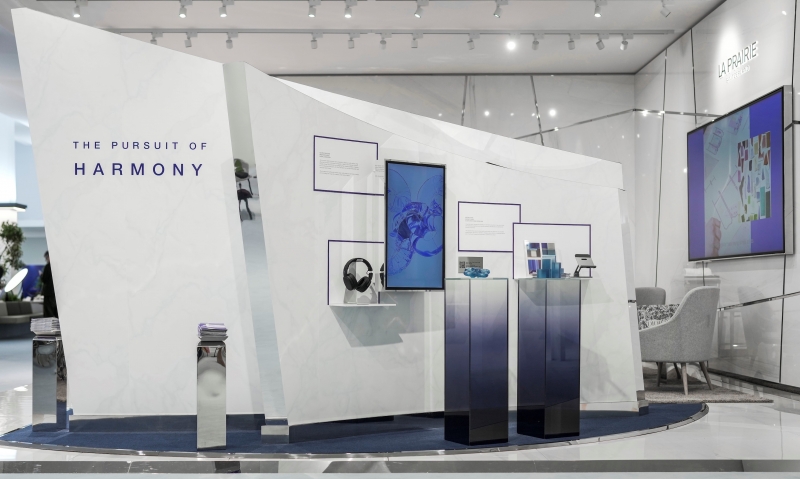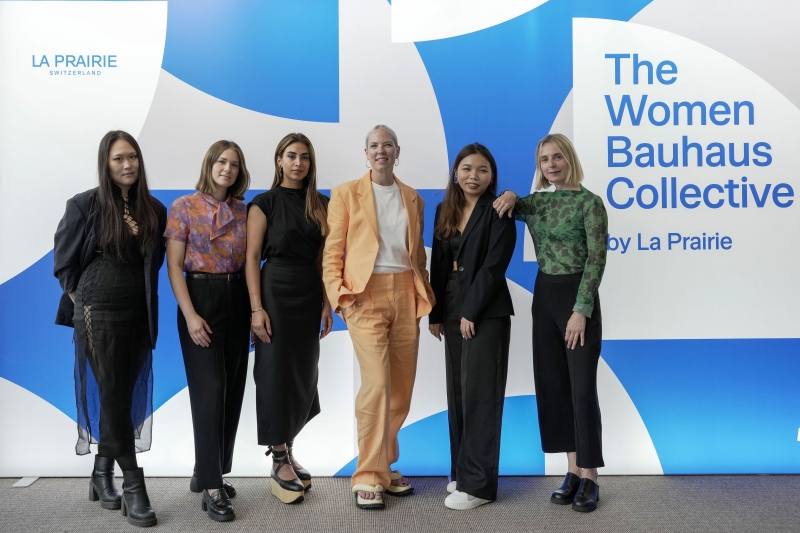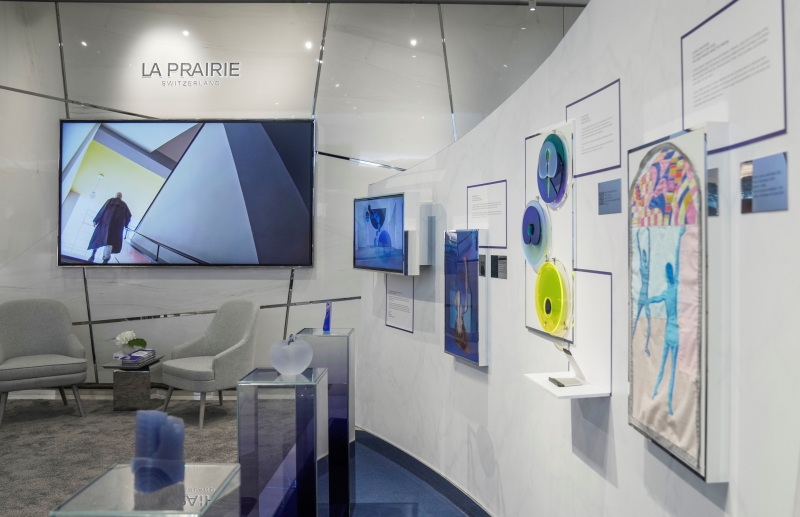

The Women Bauhaus Collective by La Prairie
27 Dec 2022
The pioneering principles of The School of Bauhaus forever changed the way art and design was taught, seen and understood. Paving the way for modernism and setting out a bold new educational paradigm, the Bauhaus disrupted historic norms by assimilating art and craft, marrying notions of practicality and aesthetic beauty and, perhaps most importantly, promoting a collaborative approach. The Bauhaus was an invitation to imagine: its possibilities and interpretations were open and endless -- one of the reasons it continues to enrapture creatives over a century later.
As progressive as the Bauhous was as an artistic and educational paradigm, the school was conservative when it came to gender. Although women were allowed to attend the schools, they were not given access to every department – most trained in photography and weaving, largely because Gropius propagated the myth that men thought in three dimensions, and women in two.
Despite these obstacles, women excelled at the Bauhaus. The dazzling geometric innovations of Anni Albers – perhaps the most prominent Bauhäuslerin (female form) – and the less known but equally magnificent mosaic-like weavings of Otti Berger, who ran her own textile mill, contributed greatly to the evolution of abstract art. The designs of Alma Siefhoff-Buscher, a talented sculptor who developed revolutionary toys that could be adapted over time, are another example of a sustainable approach that was way ahead of its time.
So many of the contributions and innovations like these by the women at Bauhaus have sadly been forgotten over the decades, overshadowed by the achievements of the more famous men of the movement. yet, as part of the important initiateves and research by centres like the Bauhaus Dessau Foundation, the story of the women of Bauhaus and their legacy is being revived.
The approach and aesthetics of Bauhaus have long been a reference for La Prairie, reflected in the brand’s approach to every aspect of their packaging design, and visible in its sleek lines and elegant structures. The Bauhaus influence is also apparent in La Prairie’s mission to create innovations that yield results while being beautiful – the marriage of form and function. Each La Prairie product harnesses both the singular presence of an art object with careful craftmanship – a contemporary interpretation of the Bauhaus codes.
The remarkable female artists of the Bauhaus overcame the societal expectations of their time to become pioneers in their own right. Not only did they pave the way for other women through their appointments and teaching, they also moved our concepts of art and design forward. But a century after its founding, the centrality of women in Bauhaus remains vastly misunderstood.
Today, La Prairie aims to support their legacy and impact by creating and presenting its own Women Bauhaus Collective – an initiative which sets to rectify the inequity of history by celebrating the legacy of the women of Bauhaus and empowering greater equity for the generation of talents of tomorrow.
Five talented young graduates from the world’s leading art and design schools – Switzerland’s ECAL, the Ecole des Arts Décoratifs in Paris, Central Saint Martins in London, Hong Kong’s Design Institute and The School of Design Institute in Chicago – were selected by La Prairie to form the Collective. Mentored by Sabine Marcelis – a close collaborator of the House whose own designs, using smart, sustainable materials, have been irrevocably shaped by Bauhaus – each talent brings a diverse artistic and cultural background. The award-winning designer guided the group through their creative process to reinterpret their own pursuit of harmony, a notion so central to the School of Bauhaus.
Over the course of the year, the Women Bauhaus Collective participated in an exclusive programme at the Bauhaus Dessau Foundation in Germany to encounter the origins of the movement. They also spent time in the atelier of Marcelis to collectively create and develop their works.
Paying homage to the female figures of Bauhaus by exploring their mastery of harmony, the works reflect each of the artists’ personal responses to the theme in an expansive range of mediums. The result is a myriad of creative interpretations that have been developed as digital artworks and will be presented in a unique virtual exhibition on laprairie.com.
Lauren Januhowski created a fabric paravent using a monotype painting technique inspired by the women weavers of the Bauhaus.
Jasmine Deporta developed a surreal photographic sulpture inspired by the female body.
Kristin Chan, meanwhile, created a transformative, perspective- bending 3D architectural world.
Gloria Fan Duan realised an innovative digital animationpiece inspired by Bauhaus textile design using advanced computer and digital technologies.
Talia Golchin presents a captivating digital sculpture inspired by the synergy of the mind, the body and the universe.
True to the Bauhaus concept of the "Gesamtkunstwerk", or "total work", in coming these different artworks together form a cohesive and balanced whole, a sum greater than its parts.
Prior to the virtual exhibition, each talent will present a physical prototype of her final digital work in the La Prairie Lounge at Art Basel – as part of the House’s partnership with the art fair – in Basel from 16-19 June in an exclusive scenography designed by Marcelis. An occasion for La Prairie to continue extending its legacy beyond the world of skincare, offering women artists a platform upon which they can express their own vision, for a better and more equitable tomorrow.



